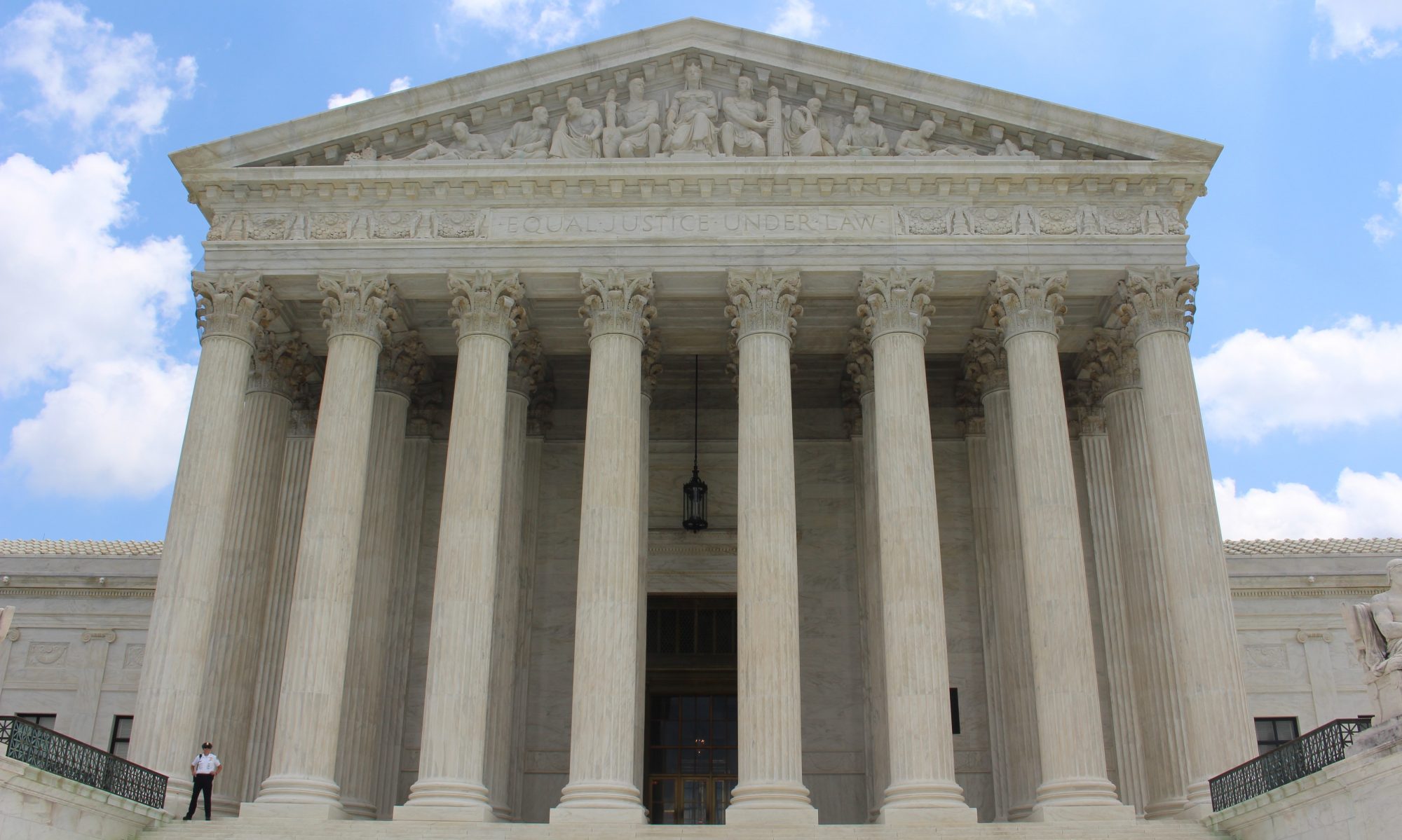Deborah Tuerkheimer
New York University Law Review, November, 2019
The #MeToo movement has ushered in a new kind of sexual misconduct accusation—accusation leveled through informal channels of communication. A functional analysis shows that unofficial reporting can advance important ends. But the rise of informal accusation should be of special concern to legal scholars and lawyers, who generally proceed from certain assumptions regarding the primacy of formal systems of accountability. These basic assumptions need revision if, by aiming to satisfy goals that our laws and legal institutions fail to achieve, informal reporting channels are serving as substitutes for the officially sanctioned mechanisms of accountability that monopolize scholarly attention. Unofficial reporting pathways are imperfect legal workarounds; their prevalence means that the law of sexual misconduct has been consigned to a relative state of quiescence. Over time, survivors, long disserved by the criminal law, by campus disciplinary processes, and by workplace complaint structures, have mostly turned away from the systems that have forsaken them. A needed redesign of official complaint channels should be informed by the benefits of informal reporting, along with a commitment to awakening law.
Available at: https://www.nyulawreview.org/wp-content/uploads/2019/11/Tuerkheimer.pdf
